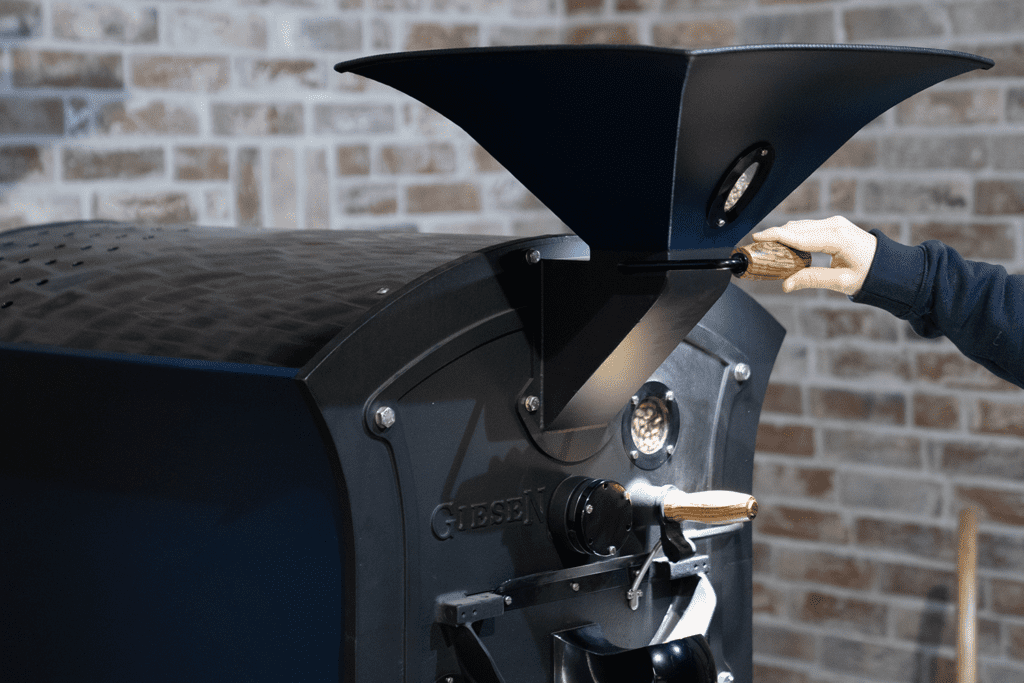Decaf coffee is often dismissed by specialty coffee roasters as an uncool coffee category. The consumption of decaffeinated coffee beans has been steady over the past 10 years. On average, decaf coffee is about 15% of overall coffee consumption and it appears that specifically, millennials have taken a growing interest in enjoying decaf coffee beverages.
History of decaf coffee
The process of decaffeinating coffee was first developed by Ludwig Roselius. In 1906 he launched the world’s first brand of caffeine-free coffee under the name “Kaffee Hag”. Initially, the processing to remove the caffeine, which is an odorless, bitter-tasting alkaloid, was relying exclusively on solvents like methylene chloride. Fortunately, natural, chemical-free decaffeination options like Swiss Water, Mountain water, and Critical CO2 have become widely available to the specialty coffee roasting community.
An average cup of Arabica coffee contains up to 200 milligrams of caffeine, which is about the weight of one single green coffee bean. The Swiss Water and Mountain Water process involves the soaking of green, unroasted coffee in pre-heated water. During this soaking process, about 95% of the caffeine dissolves, together with essential sugars and oils which determine the flavor profile of the coffee. This green coffee extract is then filtered using active carbon filters which remove the caffeine without impacting the other essential coffee compounds. The remaining green coffee extract is subsequently reintroduced to the beans and after a gentle process of drying, we finally have the unroasted decaf coffee.
Want to read more about roasting decaf coffee?
Subscribe to gain VIP access to our Behind the Roast video’s and premium material. In our Behind the Roast video’s, Giesen ambassador Willem Boot shares his knowledge and roasting experience while roasting coffee. Learn all about a specific type of coffee, the Giesen roaster controls, material types, coffee tools and much more! So grab a cup of coffee, ask your questions, and learn with Willem! SUBSCRIBE HERE.
Willem Boot
Willem Boot is Brand Ambassador of Giesen Coffee Roasters and founder of Boot Coffee Campus, a leading coffee training institute for the coffee industry. Check the program of specialized courses at www.bootcoffee.com.




